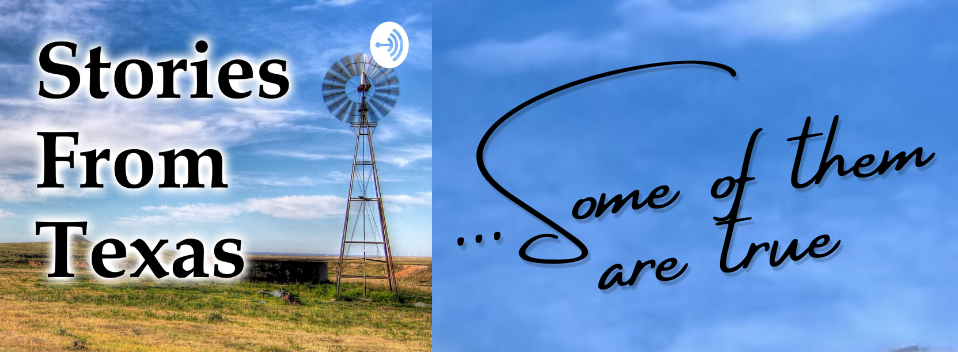
Stories From Texas
Loading...
Document Type
Article
Publication Date
8-8-2018
Abstract
In the movie “Cast Away,” Tom Hanks was stranded all alone on a deserted Pacific island. He was the lone survivor of a plane crash. The seriousness of his situation sank in as he did the math in his head. He explained radial geometry to Wilson (his volleyball friend) as he illustrated their predicament on a stone wall. He concluded, impressively, that since they went 400 miles out of their way to circumvent the storm, the search area would be 500,000 square miles (400 miles squared x pi). And he thought a moment and added, dejectedly, “it’s twice the size of Texas!”
Texas is often used as a unit of measure like that, in movies and in the real world. Exactly 30 years ago this week, Texas Congressman Mickey Leland’s plane disappeared over Ethiopia. It took a week for a massive search to find the crash site. During that week, people around the world couldn’t believe that they couldn’t find the plane, despite dozens of aircraft looking for it. A frustrated search commander explained to the media, “We are looking for a needle in a haystack. The haystack is half the size of Texas.” More recently, many a news report warned about the growing environmental disaster of a floating island of plastic trash out in the Pacific, which is twice the size of Texas.
And this is not just for U.S. consumption. Worldwide, it seems to be a comparison that provides clarity for people because most people around the world know at least one thing about Texas – it’s big.
Even Alaska uses Texas to explain its size.
“We’re more than twice the size of Texas,” they say. Of course, one of those Texases is mostly snow and ice. Just kidding Alaska. As far as states go, we’re brothers. BFFs.
People have a good deal of fun on the Internet laying Texas over other countries and regions of the world. It’s bigger than Spain, bigger than France, bigger than Germany, twice the size of England and bigger than Japan.
Texas was even used as a unit of measure in relation to Pluto. When Pluto was kicked out of the solar system (as a planet anyway) and demoted to a dwarf planet, there were people who said, as justification, “It’s smaller than Texas!” That was truly an exaggeration. As the Austin American-Statesman pointed out in 2015, Pluto has almost twice the diameter of Texas, if you use the state’s widest point, which is north to south, and Pluto is 24 times larger than Texas by land area. Still, interesting that was used as a unit of measure even way out there in space, or 4.6 billion Texases away.
Even we Texans like to use Texas distances to illustrate things and amuse ourselves. We enjoy noting that El Paso is closer to the Pacific Ocean beaches of San Diego than it is to Beaumont. Brownsville is closer to Mexico City than it is to Dallas.
That reminds me that a friend from Chicago once had a conference in El Paso to attend. He decided to take that chance to get a good look at Texas. He flew into Dallas, rented a car and enthusiastically started driving to El Paso. He said I knew it would be long drive,” but after driving about three hours I got to Abilene and was immediately depressed by the sign I saw there: El Paso 444 miles.”
We Texans know that the first day of a driving vacation to anyplace outside of Texas will be devoted to getting out of Texas. Maybe our version of the Chinese saying should be, “A journey of a 1,000 miles begins with a long drive to the border.”
We do have fun finding all the ways that border cities are closer to Chicago or Denver or Nashville than they are to other parts of the state, which is why we measure distance in hours more often than miles. And most Texans think we are closer to heaven than most anywhere else – we’re God’s Country, they say. This time of year, though, it often feels like we are closer to… Well I’m out of time. Gotta run.
Format
.MP3, 192 kbps, 6.21 MB
Length
00:04:31
Language
English
Notes
https://www.texasstandard.org/stories/measuring-the-world-with-a-texas-sized-ruler/
Recommended Citation
W. F. Strong. "Measuring The World With A Texas-Sized Ruler" *Stories From Texas*. Texas Standard. Podcast audio. August 8, 2018.
https://www.texasstandard.org/stories/measuring-the-world-with-a-texas-sized-ruler/
https://scholarworks.utrgv.edu/storiesfromtexas/84

Comments
© 2018 William F. Strong. Uploaded with permission of copyright holder.